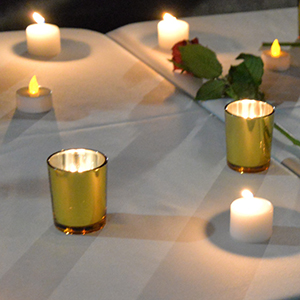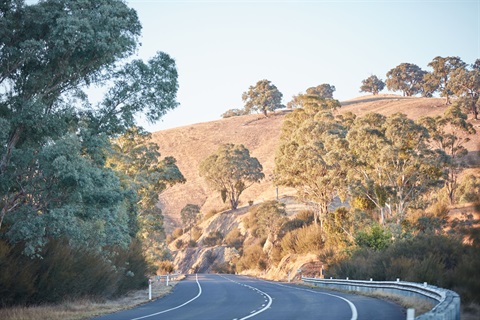Victorian prime lamb producer Andrew Edgar’s quest to boost lamb survival led him to participate in the MLA-funded ‘Fit to Join’ project, which mapped out ways to improve reproductive performance.
Andrew runs 10,000 composite ewes, with lambing in late June for four weeks. He uses pasture supplemented with straw, silage and grain, and confinement feeding during autumn.
“I start weaning all lambs at 10 weeks of age, regardless of the season, to give the ewes plenty of time to put on condition for next joining,” Andrew said.
“If ewes are not in good condition by joining (excluding ewe lambs, that lamb later) I know there’s something wrong with them and they get culled on body condition.
“Our lamb and ewe survival rates were already pretty good, but we can always do better which is why I was keen to be involved in the ‘Fit to Join’ project.”
Poor udders showed poor results
“What really stood out for me were ewes with poor udders or lumps that were lambed in one mob. It was amazing to see the difference in lamb survival rates as a result,” Andrew said.
“We marked between 20–30% less lambs out of those ewes with poor udders. These ewes otherwise visually had nothing wrong with them.
“Getting those bad udders out of your flock is important. If they’re just mixed through everything else, you don’t really
see the impact, but because they were all in one mob, it was very evident.”
Before this project, Andrew culled based on ‘wet or dry’ at lamb marking and scanning, focusing on retaining a younger flock.
Now, his culling decisions are more strategic after participating in the ‘Fit to Join’ project and he’s open to retaining older ewes if their condition, teeth, feet and udders are sound.
“In the past I’d wet and dry at marking time. I was taking out the ewes that lambed and lost, but ewes losing one lamb (out of twins) or udder issues developing after marking weren’t being identified,” Andrew said.
“But now assessing udders one month post-weaning is my number one culling tool.”
Timing is key
Andrew said it was important to get the timing right when assessing the udders, and wait about four weeks after weaning so the ewe’s udder has time to retract back down.
“When the udder retracts back down you can feel those little lumps and any abnormalities, and I think that’s how a lot of them get missed because producers do the assessment at weaning.
“From a producer perspective it’s quite an easy process so just get in there and do it – as the project highlighted, it’s a profitable process to do.








